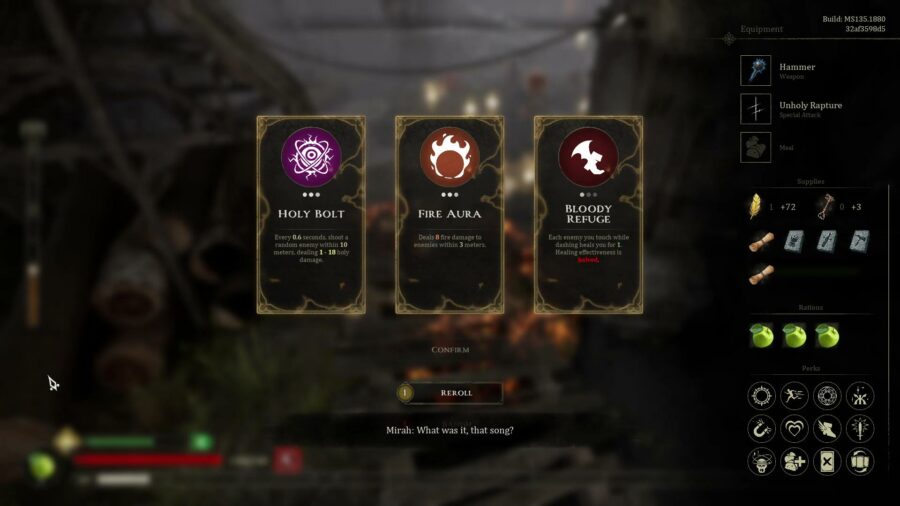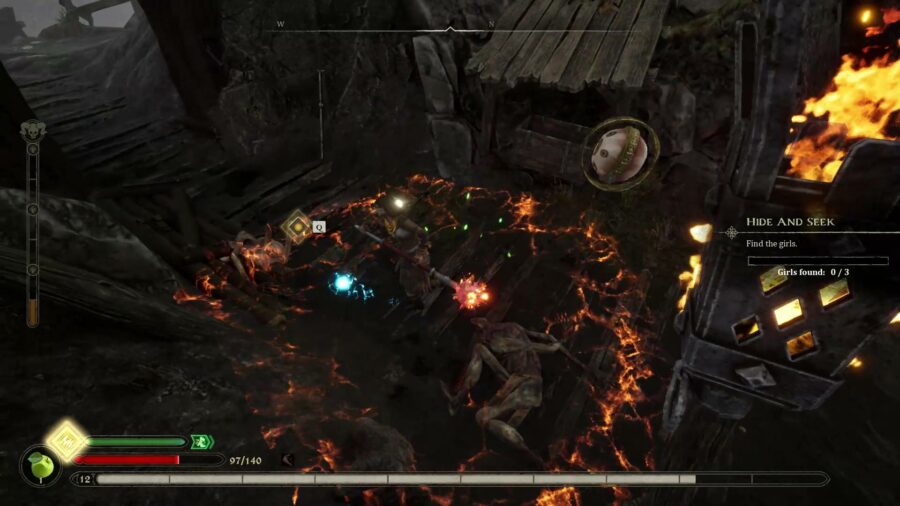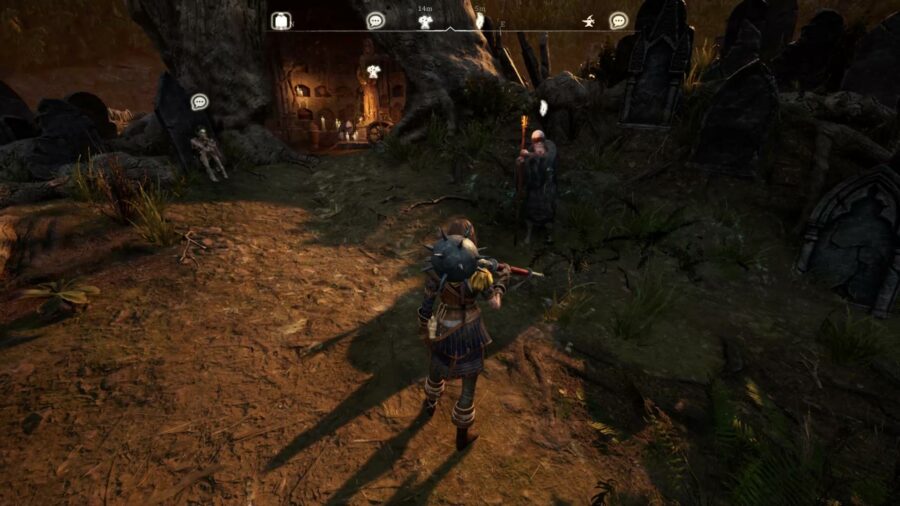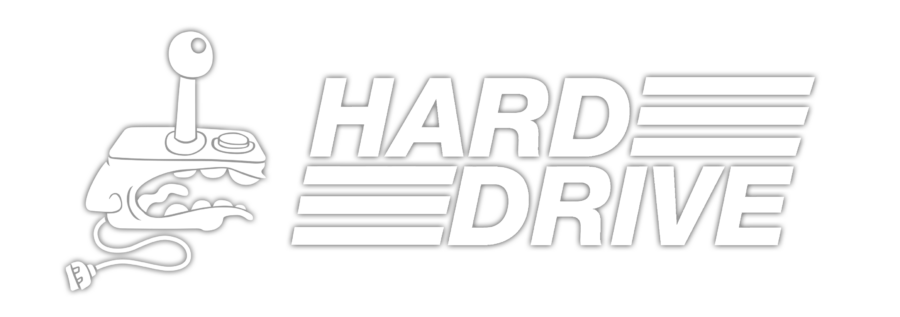I had other plans for this week, but then I installed Hordes of Hunger “just to see what it’s like.” Naturally, I proceeded to play little else for the last few days.
Hordes, now available in Steam Early Access, is a hack-and-slash action game that bills itself as a “3D action Survivorslike.” At the start of each run, you’re dropped into part of a ruined medieval society with a horde of undead on your heels. If you can stay alive for long enough to level up, you earn the first of a series of upgrades that can eventually transform your character into a tiny god of death.
Hordes is technically a “bullet heaven” game, though it doesn’t contain anything that fits even the most generous definition of a bullet. It’s all about that zero to hero progression, where you start at the weak end of the power curve and build yourself into a magical anti-zombie lawnmower. By the end of a typical run through Hordes, it’s rare for me to even see a monster before one of my half-dozen auto-targeting ranged attacks turns it to soup.
There’s some damaged part of my brain that really resonates with this type of game. They’re easy to get into, they require just enough thought to keep me focused, and they’re made to be played in short bursts. Hordes does test your reflexes more than some other games in its lane, as some enemies do have relatively complex attack patterns, but you can build around that.

Beyond that, however, Hordes initially got its hooks into me through its narrative, which is careful to only give you a few small details at a time. At the start of the game, you’re dropped into the thick of the fray with no explanation whatsoever. You’re a woman with a sword and there are zombies trying to kill you. The specifics will have to wait.
As you make progress through the game, you’re gradually told more. Your character’s name is Mirah; your village was suddenly overrun by monsters, controlled by an entity only known as the Beast; Mirah was killed, but her father used unspecified, potentially dark magic to bring her back. Now Mirah, unable to die permanently, works to save who she can and destroy the Beast.
What’s interesting to me about this, as a terminal narrative-design nerd, is how careful Hordes is to avert the “as you know” problem. You have to put together much of Hordes’ story on your own, from what few pieces of information arise relatively naturally through Mirah’s conversations with other survivors. There’s an in-game Codex that lays out some of the basics, but the rest is left to you to figure out from context.
The story itself isn’t anything earthshaking, but I like the way in which it’s told. Dark fantasy games have been a dime a dozen lately due to the success of Dark Souls, but Hordes’ plot has a subtle emotional weight that sets it apart from the pack.

The other thing that jumps out at me about Hordes, at time of writing, is that it’s surprisingly easy. You could go for character builds that emphasize melee combat and careful dodging, or go full glass cannon, but neither of those are as effective as stacking multiple passive sources of damage and healing. If you luck into Bloodlust (heal 1 HP for every kill from any source) and/or Fist of Heavens (random lightning strikes against any enemy onscreen) early on, you’re almost guaranteed to make it to the end of the run.
Ideally, that wouldn’t mean that either of those skills get watered down, but rather that everything else gets powered up to match their level. Right now, it feels like there’s one true build in Hordes, where you actively try to avoid using your melee weapon at all, and nothing else comes close.
Obviously, your mileage may vary. I always have a hard time in these games with being able to tell whether something is my best or the best available strategy. That being said, after some experimentation, it appears that the single easiest way to get through Hordes is through hitting everything with lightning until it ceases to be a problem. Just like real life.

Hordes, as noted above, is currently in Early Access, with an established road map and plans to be feature-complete in roughly six months. That includes the addition of a harder difficulty setting after you clear the game, which addresses one of my concerns.
As of right now, Hordes is worth a look. It’s got solid mechanics, but its story was what really pulled me in. If it can carry this momentum forward to its final release, it should be a solid pick-up-and-play action game.
[Hordes of Hunger, developed by Hyperstrange and published by Kwalee, is now available in Steam Early Access for $14.99. This column was written using a Steam code sent to Hard Drive by a Kwalee PR representative.]
This article is satirical. Hard Drive is a gaming/tech satire site. All content should be considered parody and entertainment purposes only.




